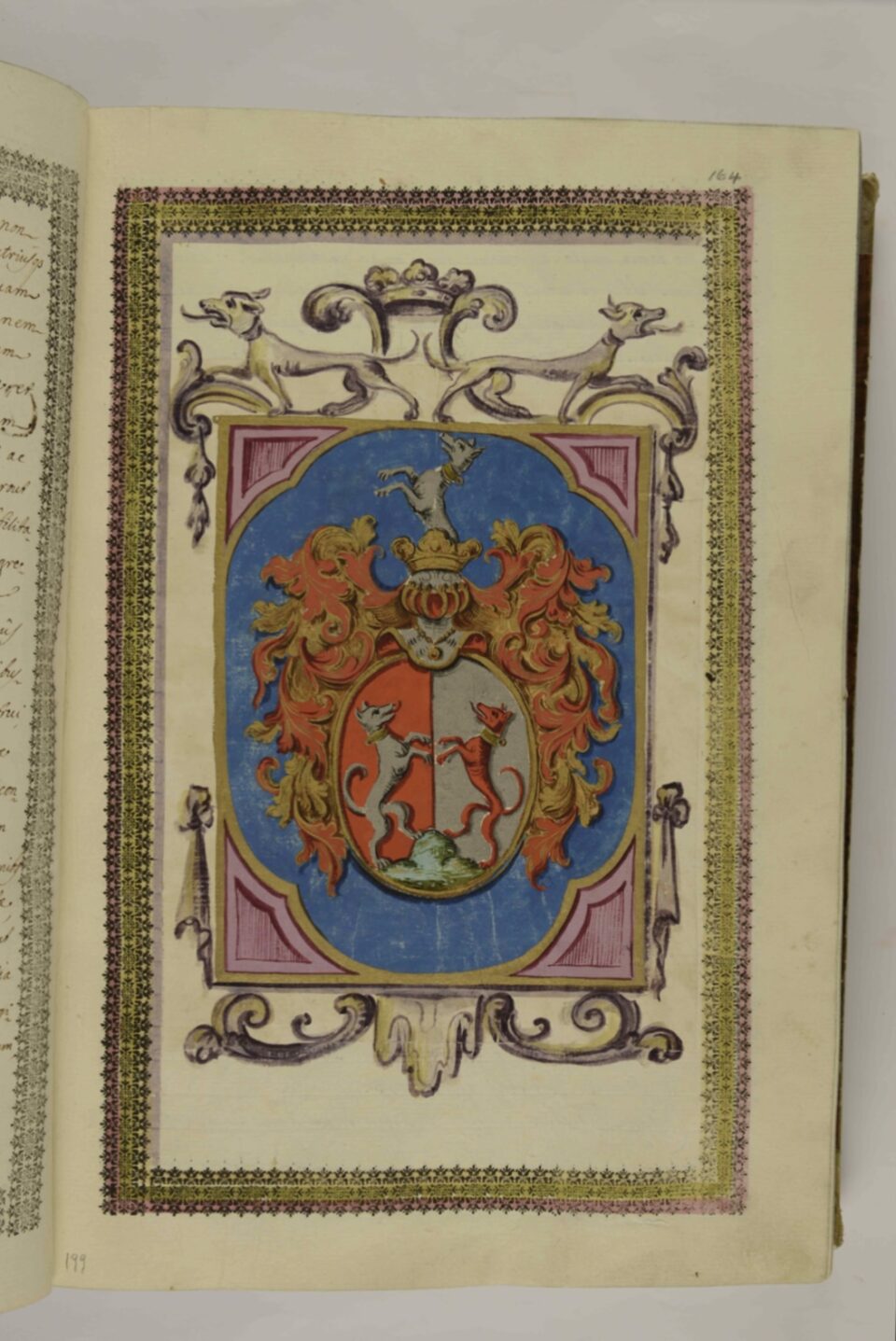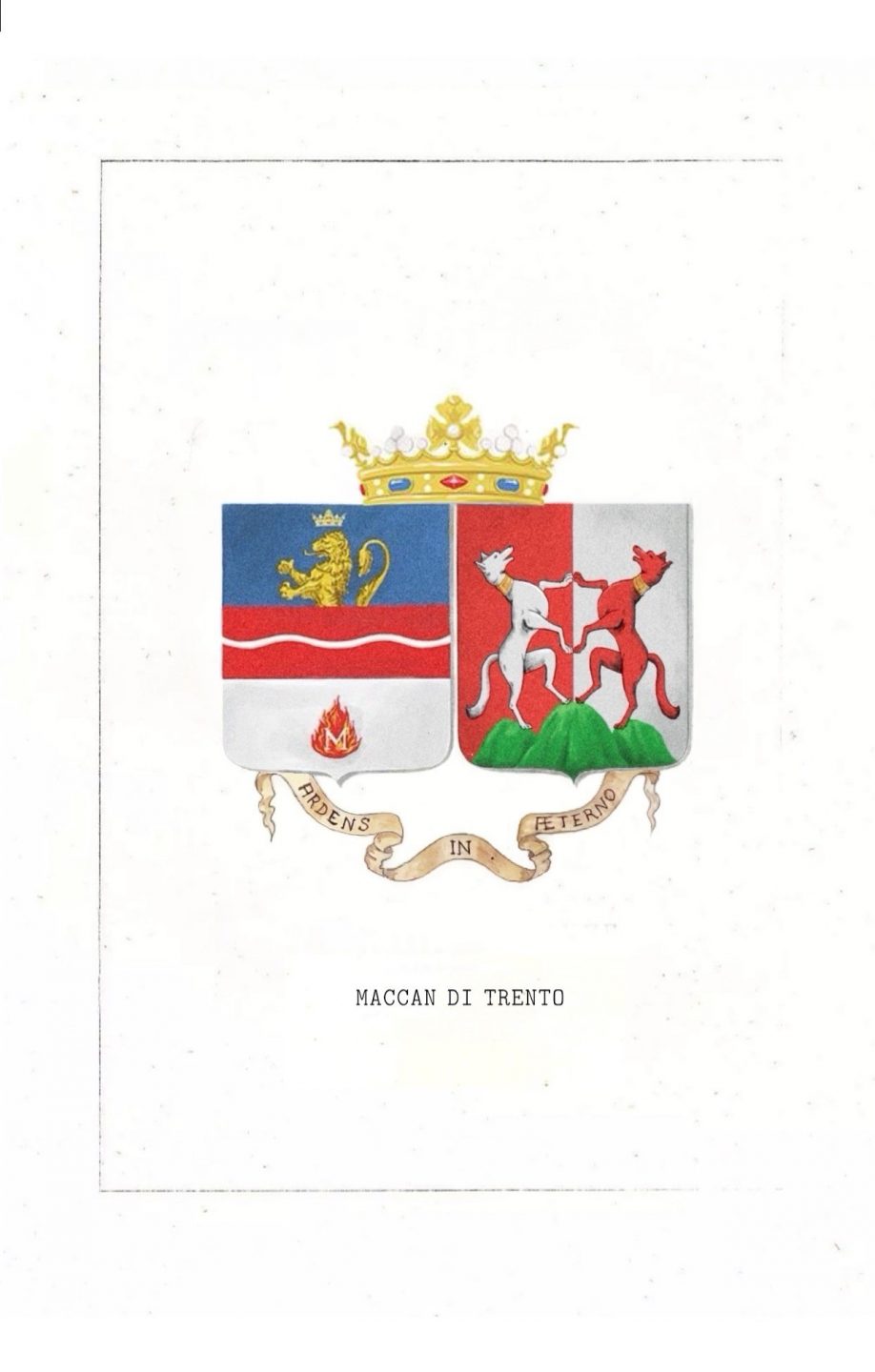
The McCann and MacCan – Origins
McCann is an Irish surname derived from the Gaelic Mac Cana, meaning “son of Cana”. The Cana particle is a personal name meaning ‘wolf cub’.
According to Irish tradition they are a Milesian people descended from Colla-da-Chrioch, the first king of Airgialla.
The family of the name Maccan, were known as lords of Clanbrassil. They were a branch of the Cenel Eoghain, the large group of Northern Uí Néill septs claiming descent from King Eógan mac Néill, the son of the High King Niall of the Nine Hostages. Amhlaoibh Mac Cana is mentioned in the Annals of the Four Masters. He was praised for his chivalry, his vigour, and his strong drink he made from apples in his orchard. The McCanns are also stated as having had a castle at Portadown in County Armagh. The last recorded Chief of the name, Donall MaCanna, was still known as lord of Clanbrassil as late as 1598. The title of lord of Clanbrassil is still held by the family of McCann in the area of County Louth.
Their territory lay to the south of Lough Neagh in modern-day County Armagh and County Tyrone, flanked by the River Bann and River Blackwater.
The McCann line features in John O’ Hart’s 19th century pseudo-historical book, Irish pedigrees. In this book, the McCann line along with other surname lines are taken right back to Adam and Eve.
Due to anglicization the original form Mac Cana has had many different variations, such as MacCann, MacCan, Maccan (this part of the Maccans had connections with many European noble and royal families, such as the Maccan de Gueldre , Maccan Romanoff or the Maccan von Cles und Tres).
IN FRANCE
de Maccan
From Ireland, a branch of the family moved to France in the 12th century with the surname Maccan or de Maccan.
The Maccan family had two main branches: the Maccan de Montfort family, based in Limburg in the Netherlands, and the Maccan de Gueldre family, based in the Duchy of Guelders. The family’s history can be traced back to the 12th century, and they were known for their involvement in local government, church, military, and diplomacy.
Maccan de Montfort
The Maccan de Montfort family produced notable figures, the earliest known member, Herman Maccan, was a knight who served in Emperor Frederick Barbarossa’s army during the Third Crusade. He was recognized for his bravery and loyalty and awarded the title of Lord of Montfort, which was passed down through the family and became one of their most significant titles.
Another member was Alexander Maccan de Montfort, a bishop known for promoting education and religious reform, and Jean de Montfort, husband of Jeanne de Flandre and father of Arthur II, Duke of Brittany.
Maccan de Gueldre

With Philip IV of France, called “le Bel” (the handsome), of the Capet dynasty, to Maccan Family, who for some time had held important positions within the court, such as vicars general, leaders and generals of the royal army and administrators of justice in the name of King Philip IV, was assigned the Marquis title and then, in the first half of the 14th century, through marriage and testamentary bequest, the title de Gueldre (of Gelderland) by the Wassenbergs.
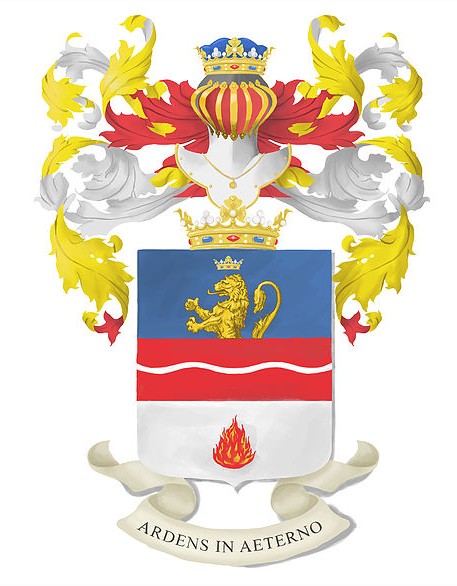
Numerous authors of the Maccan family, who became “Maccan de Gueldre” or “Maccan van Gelre”, described events and characters concerning the family.
The family’s most notable member was probably Markies Willem Maccan van Gelre (Marquis Willem Maccan de Gueldre, in french), who was a prominent merchant and diplomat during the 14th century. He served as an envoy to the papal court in Avignon and negotiated several important treaties on behalf of the Duke of Gelre.
Another notable member was Gaston de Maccan, who wrote the book “Les seigneurs de Maccan de Gueldre: Notice historique et généalogique sur la famille de Maccan, devenue Maccan de Gueldre” in 1856. This book contains a detailed history and genealogy of the Maccan family, tracing their lineage back to the 12th century.
IN ITALY AND AUSTRIA
Maccan or Maccani

Over the years, a branch of the family from France moved to Italy. In this period the family was also known as Maccani (Italianization of the surname) they also changed the original family coat of arms, becoming a talking coat of arms (the new crest had as a symbol a dog, which become then two dogs facing each others, in fact ‘Can’ and ‘Cani’ in italian translates to ‘dog’ and ‘dogs’).
Here in the first half of the 17th century, from Nobles of Trento they became Counts of Tres by concession of Ferdinando Carlo of Austria and subsequently Marquis.
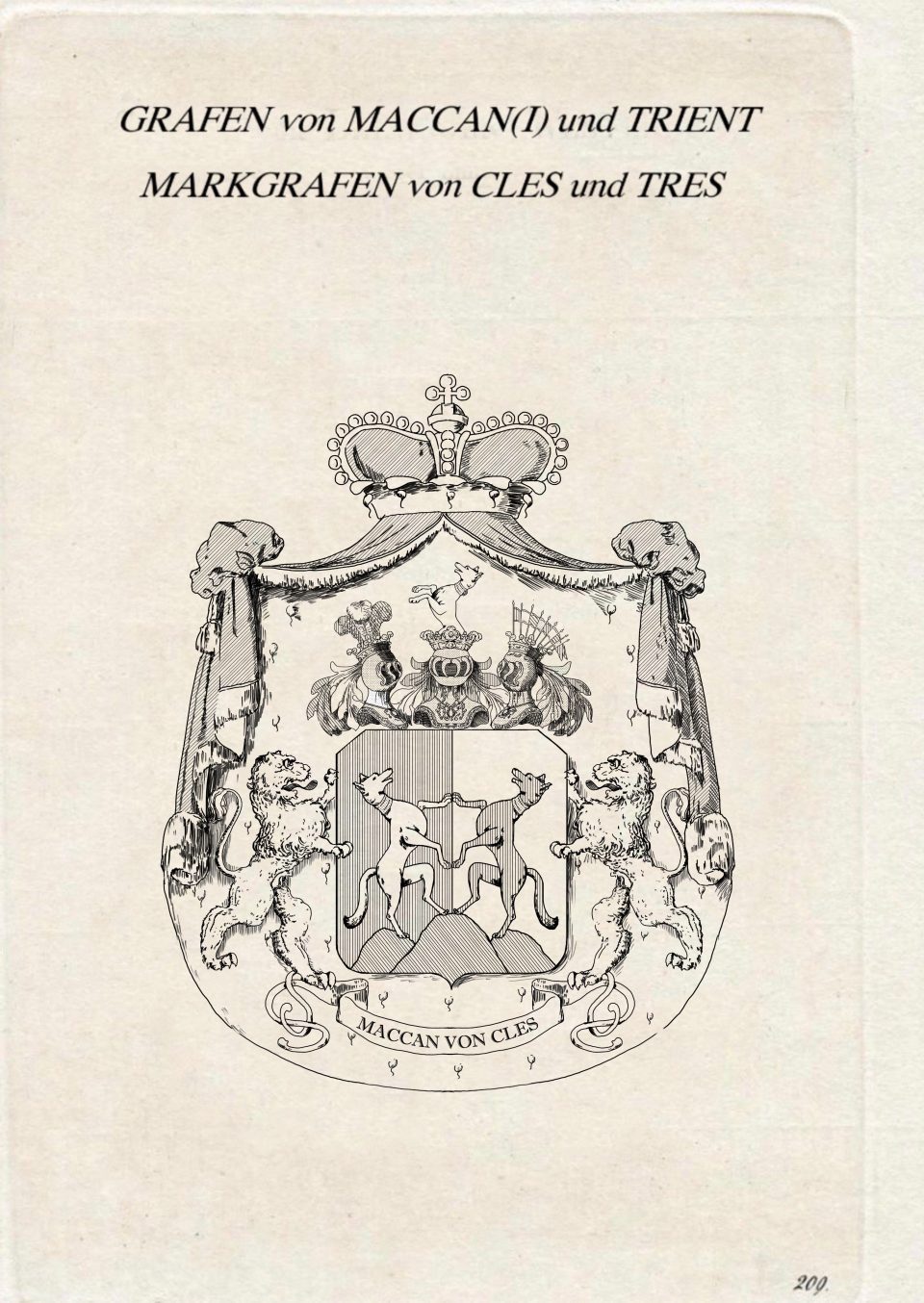
During the fourteenth century, the evidence of the existence of some members of the Maccan family, armigers, Vicars General, administrators of local noble goods, judges, lawyers and notaries, have come down to us.
Although was assumed that they carried out these duties before, the first document attesting the presence of a Maccan (Maccani) as Vicar General it is date in the 1600s with Luca Maccan von Clers (Vicar general of Prince Bishop Carlo Madruzzo and of the Diocese of Trentino), while as a notary is from 1652 with Giovanni Maccan von Tres (Ioannes Maccanus de Tresio utraque auctoritate notarius )
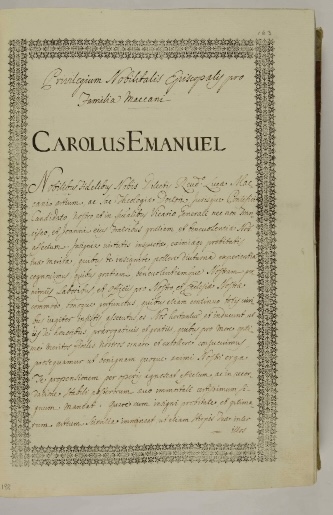
IN RUSSIA
Maccan Romanoff
A branch of the Maccan will move to Russia becoming, Maccan Romanoff, through marriage with a Romanov family.
